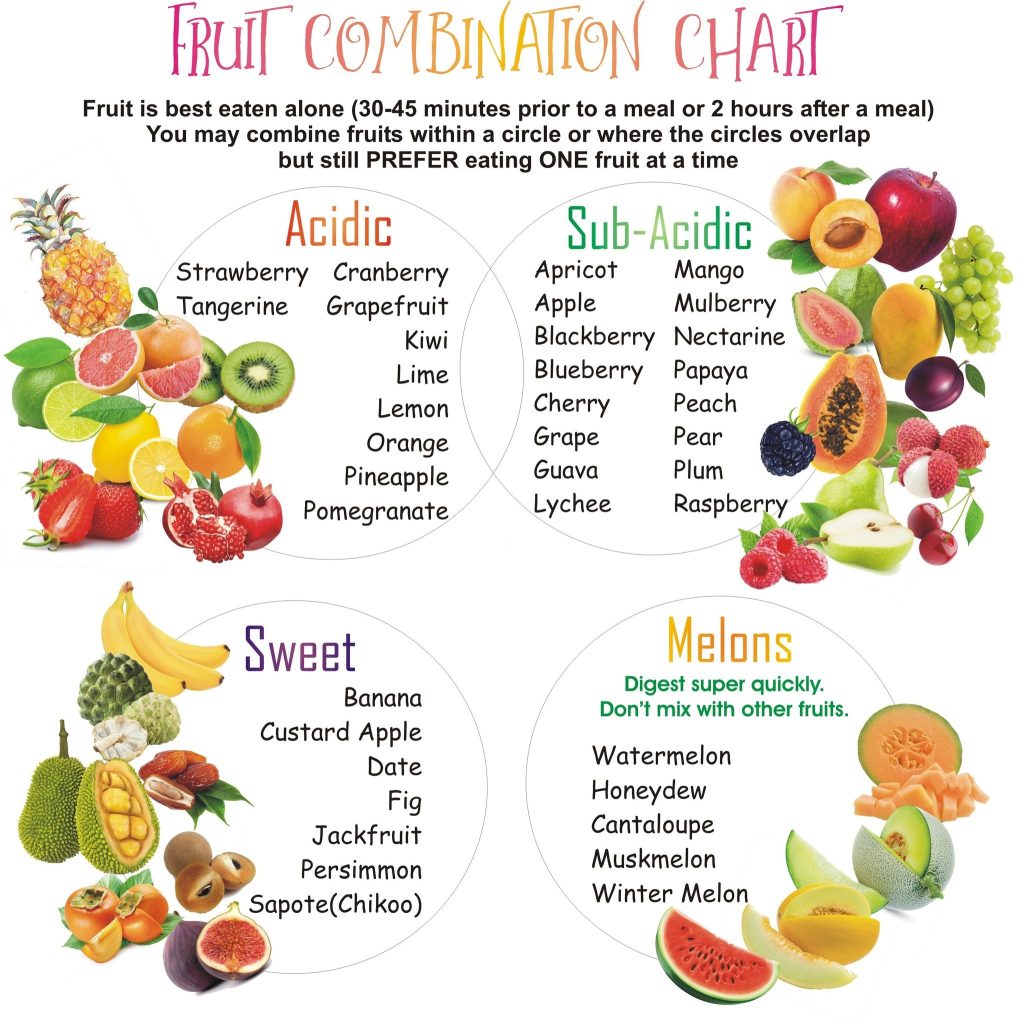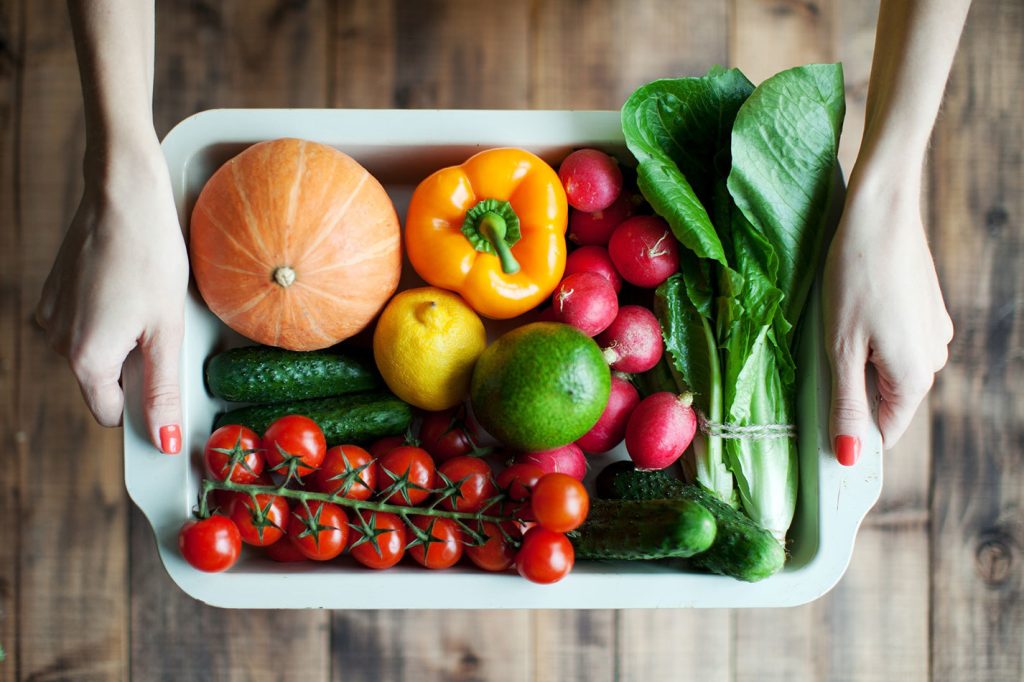Physical Address
304 North Cardinal St.
Dorchester Center, MA 02124
Physical Address
304 North Cardinal St.
Dorchester Center, MA 02124
Use this handy chart to learn where and how to store your produce, as well as which fruits and vegetables can be stored together and which should be kept separate to prevent spoilage.

Are you throwing away food because it ripens and then rots faster than you can consume it? (We, too, are sheepishly raising our hands.) The proper storage of food can make all the difference. Ethylene, a natural gas produced by some fruits and vegetables, hastens the ripening process. That can be advantageous—for example, to quickly ripen an avocado, seal it in a paper bag—but too much ethylene can cause produce to spoil. And it’s not just ethylene; temperature, how and when you wash a fruit or vegetable, and how and where it’s stored all play a role. Use this handy chart and continue reading to learn more about fruit and vegetable storage.


Choosing whether to store your fruits and vegetables in or out of the refrigerator is only half the battle. Some fruits and vegetables should be stored separately regardless of where they fall. Ethylene gas, a natural gas emitted by some fruits, can hasten the ripening of some (but not all) fruits and vegetables. This can be beneficial at times. Want your avocado to ripen faster? Store it in a paper bag next to a ripe banana and let the ethylene from the banana do its work.
However, you don’t always want your fruits and vegetables to ripen on fast-forward because they may rot before you can eat them. Keep high-ethylene-gas-emitting fruits separate from other produce as a general rule. Apples, avocados, stone fruits, pears, bananas, and tomatoes are among the worst offenders, with delicate leafy greens among the most vulnerable.
Also, onions should be kept to themselves. Onions love to share their fragrance with their neighbors (especially after they’ve been cut), so keep them separate and away from potatoes, which will wilt and sprout faster when onions are present.

Sliced fruits and vegetables are great for snacking and saving space in the fridge. Most fruits and vegetables will last about 5 days after being sliced if you follow a few simple rules: store them in an airtight container and always refrigerate cut produce. Fruits that brown quickly, such as apples, pears, bananas, and avocado, are not good candidates for slicing ahead of time. With the exception of the bananas, store these ripe fruits whole in your crisper drawer. The crisper keeps moisture at bay, extending the life of your produce.

Wash all fruits and vegetables before eating them, including those that have been peeled. Why? Bacteria that cause foodborne illness can cling to the fruit or vegetable’s surface. Even if you’re not eating the skin or peel, bacteria can enter the flesh through your cutting board. Although the chances are slim, it’s better to be safe than sorry. On a less terrifying note, washing simply removes dirt, which is never fun to bite into. Most fruits and vegetables benefit from a quick shower under cold running water, but there are a few washing tricks that can help preserve some of the more delicate produce:
We discovered that separating the leaves from the head and soaking them in a bath of cold water for about 5 minutes is the best way to wash leafy greens. Swirl the leaves gently with your hand to loosen any debris, then lift them out of the water and place them in a salad spinner to dry. If you don’t have a good salad spinner, now is the time to get one. Storing wet leaves can quickly turn your greens into a mushy mess.
Berries are delicate and dislike being wet, so washing them can be difficult. We’ve discovered that rinsing them in a strainer, then spreading them out on a paper towel-lined plate to dry before putting them in the fridge, works best. Rinsed berries can be stored in a microwave steamer (or any storage vessel with a breathable rack at the bottom). It prevents them from swimming in any settling water.
Wash fresh herbs in cool water as you would salad greens, then spin dry. Fresh herbs, with the exception of basil, should be stored in the fridge with a damp (but not soaking wet) paper towel to keep them fresh. You can also store them in your fridge as a mini bouquet of flowers by trimming an inch or so off the stem and placing them in a jar of water with a plastic bag loosely covering the bunch. You can use the same technique to keep asparagus flower ends fresh. The same goes for basil, but keep your basil bouquet on your counter rather than in the fridge.
You could wash your produce as soon as you get it home if you’re super-efficient and good at drying, but that’s not practical for most people. The best time is just before you intend to use it. It’s fine to wash ahead of time if you’re planning a party and don’t want to be stuck washing while your guests mingle. Always keep in mind that excess moisture is the enemy of fresh fruits and vegetables. Before storing your produce, make sure it is completely dry.